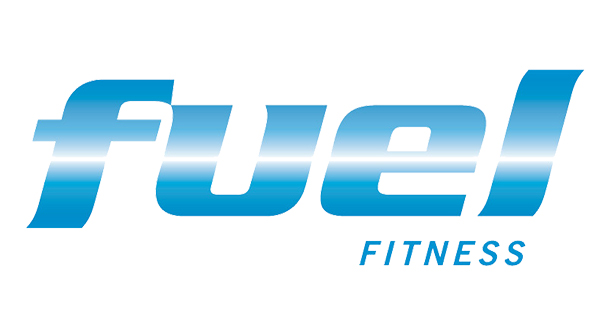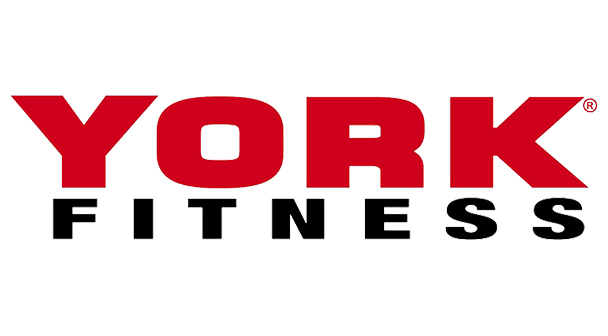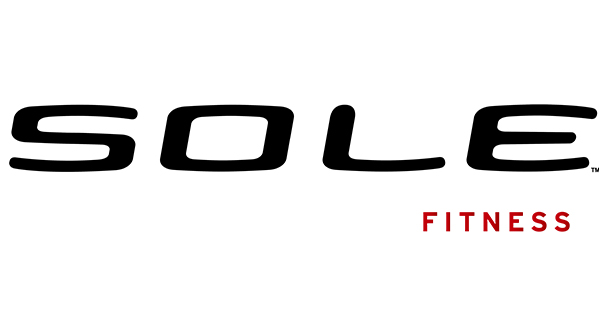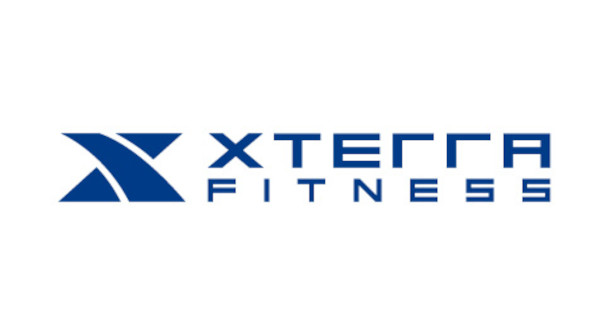How to Exercise at Home
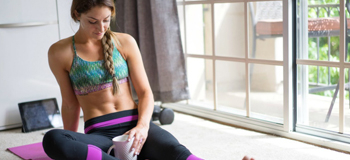
For those who don’t have time to go to the gym or lack the motivation, exercising in the comfort of your own home can be the perfect option.
You don’t always need fancy equipment, remember your body weight is the best piece of equipment you own and it’s free. Add just a few equipment essentials to your home gym collection and you can keep your body toned, fit and in great shape throughout the year.
As with any form of weight loss, it’s equal parts good nutrition (vegetables, proteins and healthy fats), getting enough sleep and working out.
We’ve extensively researched how to exercise from home and have put together the best beginner routines from professional trainers and fitness blogs so you don’t have to.
Preparation
Warm up
A dynamic warm up before exercise is essential to help avoid injury. Get in to a good routine before you start each time loosening, stretching and warming up muscles.
- Do some walking lunges
- Touch your toes
- Jump rope
- Run up and down the stairs
- Hydration
Stay hydrated throughout your workout by sipping on water to prevent fatigue and prolong endurance. Rehydrating the body is essential to replace lost fluids through sweating. Seven to ten ounces of fluid every 10 – 20 minutes should do the trick.
The workout
20 x bodyweight squats
Squats are one of the best exercises you can do which tones and lifts the butt. Think of sitting down in a chair.
- Stand with your feet shoulder-width apart
- Put your arms out straight in front of you or behind your head
- Begin by pushing your hips and butt back and bending at the knees
- Look straight ahead and keep your chest up and back flat
- Squat down as low as you can and then pop back up to the starting position by driving through your heels
- Weight should remain on your heels throughout the exercise
20 x push-ups
Push-ups work your chest, shoulders, triceps and core for a complete muscle-building exercise
- Place your hands on the ground slightly wider than shoulder-width apart
- Lower yourself until your chest almost touches the floor
- Squeeze your glutes together and tense your abs as you lower and raise your body
- Keep your elbows close to your sides to protect your shoulders
20 x walking lunges – 10 each leg
Lunges are great for building thigh muscles.
- From a standing position, feet hip-width apart
- Take a giant step forward with knee bent at 90 degrees
- Keep knees over ankles and shoulders over hips
- Keep your eyes looking ahead and upper body completely vertical
- Take another step and repeat doing ten each leg
20 x dumbbell rows – 10 each arm
- Choose a flat bench and place a dumbbell on each side of it
- Place the right leg on top of the end of the bench
- Bend your body forward from the waist until your upper body is parallel to the floor
- Place your right hand on the other end of the bench for support
- Use the left hand to pick up the dumbbell on the floor and hold the weight while keeping your lower back straight
- The palm of the hand should be facing your body. This will be your starting position
- Pull the resistance straight up to the side of your chest, keeping your upper arm close to your side and keeping the body stationary
- Breathe out as you perform this step
- Make sure that the force is performed with the back muscles and not the arms
- The upper body should remain stationary and only the arms should move
- The forearms should do no other work except for holding the dumbbell; do not try to pull the dumbbell up using the forearms
- Lower the resistance straight down to the starting position
- Breathe in as you perform this step
- Repeat the movement 10 x for each arm
30 x second basic plank
Planking improves core strength which can help with your strength and flexibility, reduce back pain as well as improve balance and posture.
- Get into push-up position on the floor, bend your elbows 90° and rest your weight on your forearms
- Your elbows should be directly beneath your shoulders, and your body should form a straight line from your head to your feet
- Hold the position for as long as you can
- Your goal should be to hold it for two minutes
30 x jumping jacks
Jumping jacks are beneficial to your heart and lungs and are a great, cardiovascular foundation.
- Stand up straight and hold your arms at your sides and feet together
- As you jump, open your legs wider than shoulder width as you lift your arms overhead
- To avoid injury, keep your joints loose and slightly bend your joints throughout the entire movement
- Don’t hold your arms and knees stick-straight, but keep them slightly bent
- Land in the starting position
- After jumping in the air, gently land in the first position with arms at your sides and feet shoulder width apart
- Repeat
Recovery
Static stretching is essential post workout to kick start muscle recovery.
Stretching the neck, shoulders, chest, back calves and hamstrings will help prevent injuries.
You can also combat tight muscles with a foam roller to help isolate muscles in your back, arms and legs.
Do this routine 2-3 times a week, but never on consecutive days. Remember you don’t build muscle when you’re exercising, you build muscle when you’re resting.
For help in choosing what equipment is right for you, contact us here at Achieve Fitness. We have a dedicated team of professionals ready to support you.

